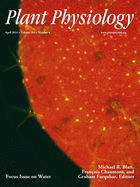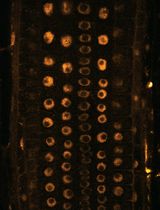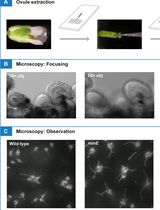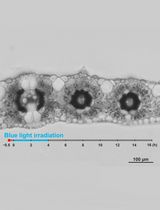Imaging and Quantitative Analysis of Size and Distribution of Spherical Bodies, e.g. Embryonic Oil Bodies
胚胎油体等球状体大小、分布的成像和定量测定
发布: 2015年01月05日第5卷第1期 DOI: 10.21769/BioProtoc.1369 浏览次数: 8693
评审: Renate WeizbauerArsalan DaudiAnonymous reviewer(s)
引用
收藏
Cited by













